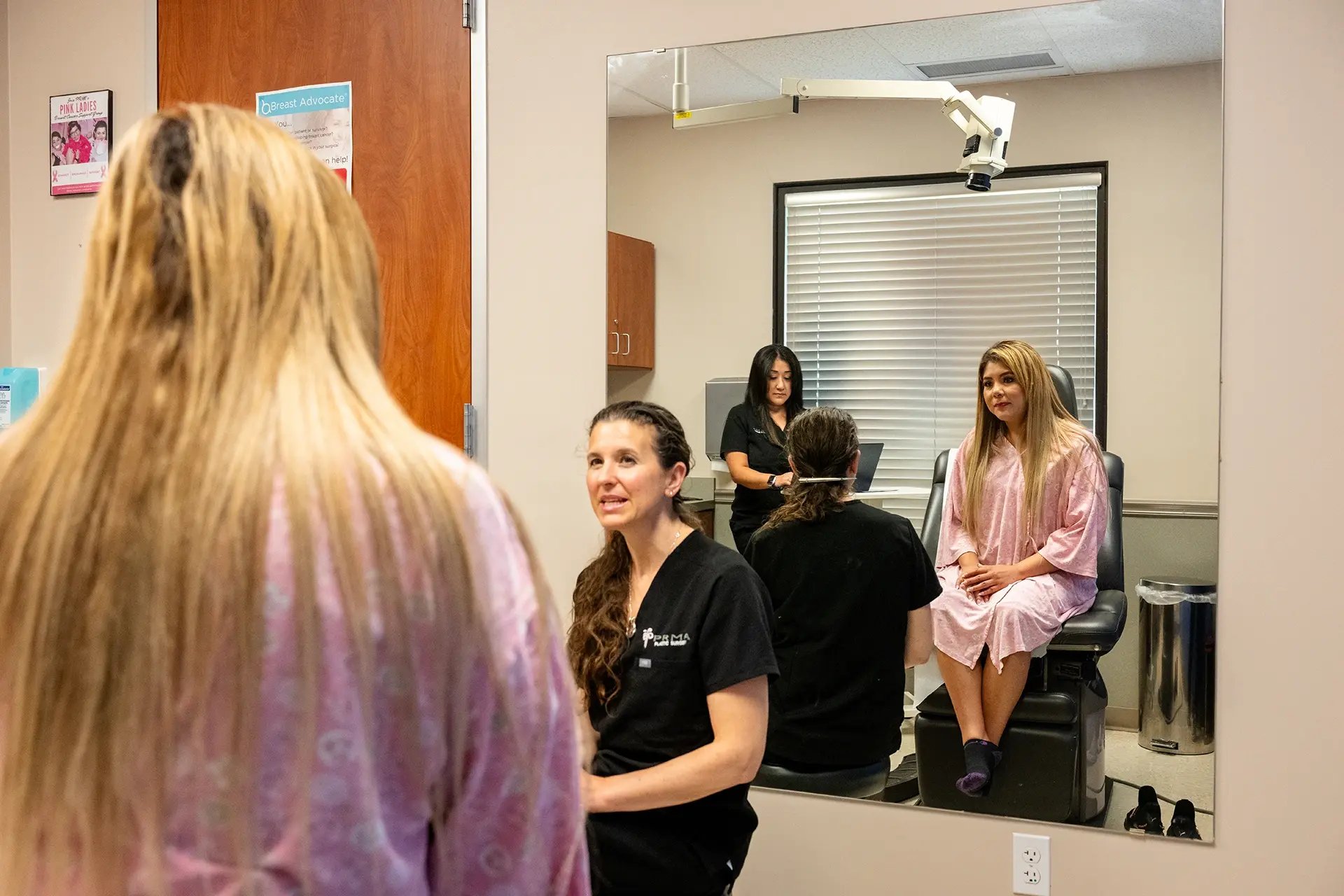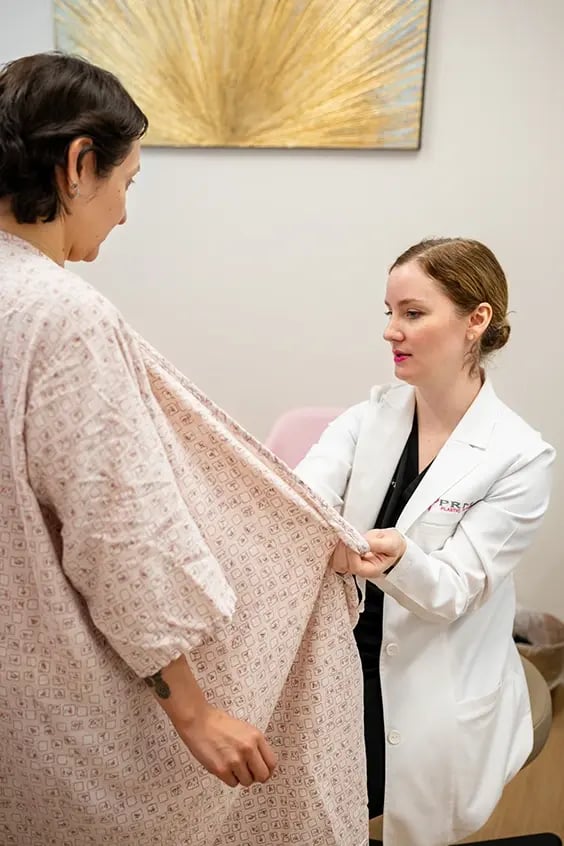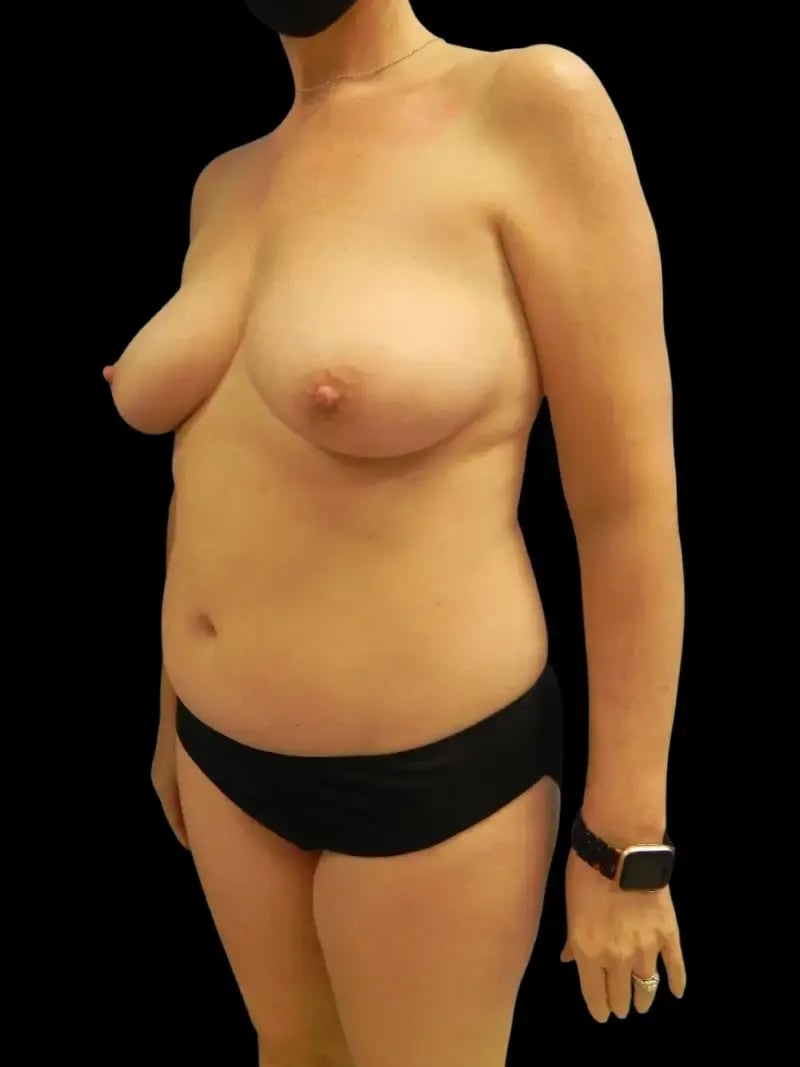
Breast Lift (Mastopexy) and Reduction
What Is a Breast Lift and Breast Reduction?
For many women, life’s milestones—pregnancy, breastfeeding, weight changes, or simply the passage of time—can leave breasts feeling deflated, sagging, or uncomfortably heavy.
A breast lift (mastopexy) is often sought when a woman desires to restore youthful shape and lift to her breasts. This procedure removes excess skin, tightens surrounding tissue, and repositions the nipples to create a naturally elevated contour.
A breast reduction, on the other hand, becomes a priority when overly large or heavy breasts cause chronic neck and back pain, skin irritation, or limit physical activity. By removing excess breast tissue, this procedure not only alleviates discomfort but also enhances body proportions, helping women reclaim comfort and confidence.
Key Information
Breast lifts reshape sagging breasts, remove excess skin, and reposition the nipples.
Breast reductions reduce breast size, alleviate discomfort from heavy breasts, and improve overall body proportion.
Procedure duration is typically 2-4 hours.
General anesthesia is commonly used.
Initial recovery in 1-2 weeks; full results settle over several months.
Return to light activities after 1-2 weeks; avoid strenuous activity for 4-6 weeks.
Results can last many years, though natural aging and gravity will continue to affect breast shape.
What to Expect During Surgery
During a breast lift, your surgeon will carefully remove excess skin and reshape the breast tissue to create a natural, uplifted contour. The nipples are repositioned to a higher, more youthful location, and if needed, are resized for balance. While you are comfortably asleep under general anesthesia, precise incisions are made, typically around the areola and possibly down the breast, depending on your unique needs.
The process for breast reduction is similar, but with the additional removal of breast tissue and fat to reduce volume. The remaining tissue is reshaped, and the nipples are repositioned to achieve a natural look that matches your body’s proportions.

Before & After








Recovery Timeline
-
Week 1:During the first week, you can expect some swelling, bruising, and mild discomfort, which can be managed with prescribed medications. You’ll need to rest and limit physical activity, wearing a surgical bra for support.
-
Week 2:Swelling and bruising begin to subside. Many patients feel well enough to return to light activities or work that doesn’t involve lifting or strenuous movement.
-
Week 3:Continued improvement in swelling and discomfort. Light walking and gentle movement can help with circulation, but you should still avoid any vigorous exercise or lifting.
-
Week 4:By week 4, swelling has significantly reduced, and the breast shape has begun to settle. Most patients can resume more normal activities but should still avoid high-impact exercise or heavy lifting.


The Nation’s Destination for
Sensation Restoration
Am I a Candidate for a Breast Lift or Reduction?
Like any procedure, not everyone is a good fit for a breast lift or breast reduction. Your overall health, goals, and anatomy will all influence whether this surgery is right for you.
You may be a strong candidate for a breast lift or breast reduction surgery if:
- You are in good overall health and do not smoke.
- You experience physical discomfort (e.g., back, neck, or shoulder pain) from large or heavy breasts.
- You feel self-conscious or dissatisfied with sagging, stretched, or asymmetrical breasts.
- You have realistic expectations and a positive outlook about the surgery’s outcomes.
- Your breasts have lost shape or volume due to pregnancy, weight changes, or aging.
- You are not planning to have more children, as a future pregnancy may affect results.
- You maintain a stable weight.
- You do not have underlying medical conditions that could impair healing.
Find Your Surgeon
Will Insurance Cover a Breast Lift or Reduction?
A breast lift is generally considered a cosmetic procedure, not covered by insurance. However, coverage may be possible in rare cases if the surgery is combined with other medically necessary procedures.
On the other hand, a breast reduction is often deemed medically necessary when the size of the breasts causes physical symptoms like chronic neck, back, or shoulder pain, skin irritation, or posture issues.
PRMA’s team can help guide you through the insurance process and provide the necessary paperwork if breast reduction surgery is deemed medically necessary.
For more information, visit [Insurance FAQs] in the patient resource center.

Preparing for Surgery
Learn more about:




